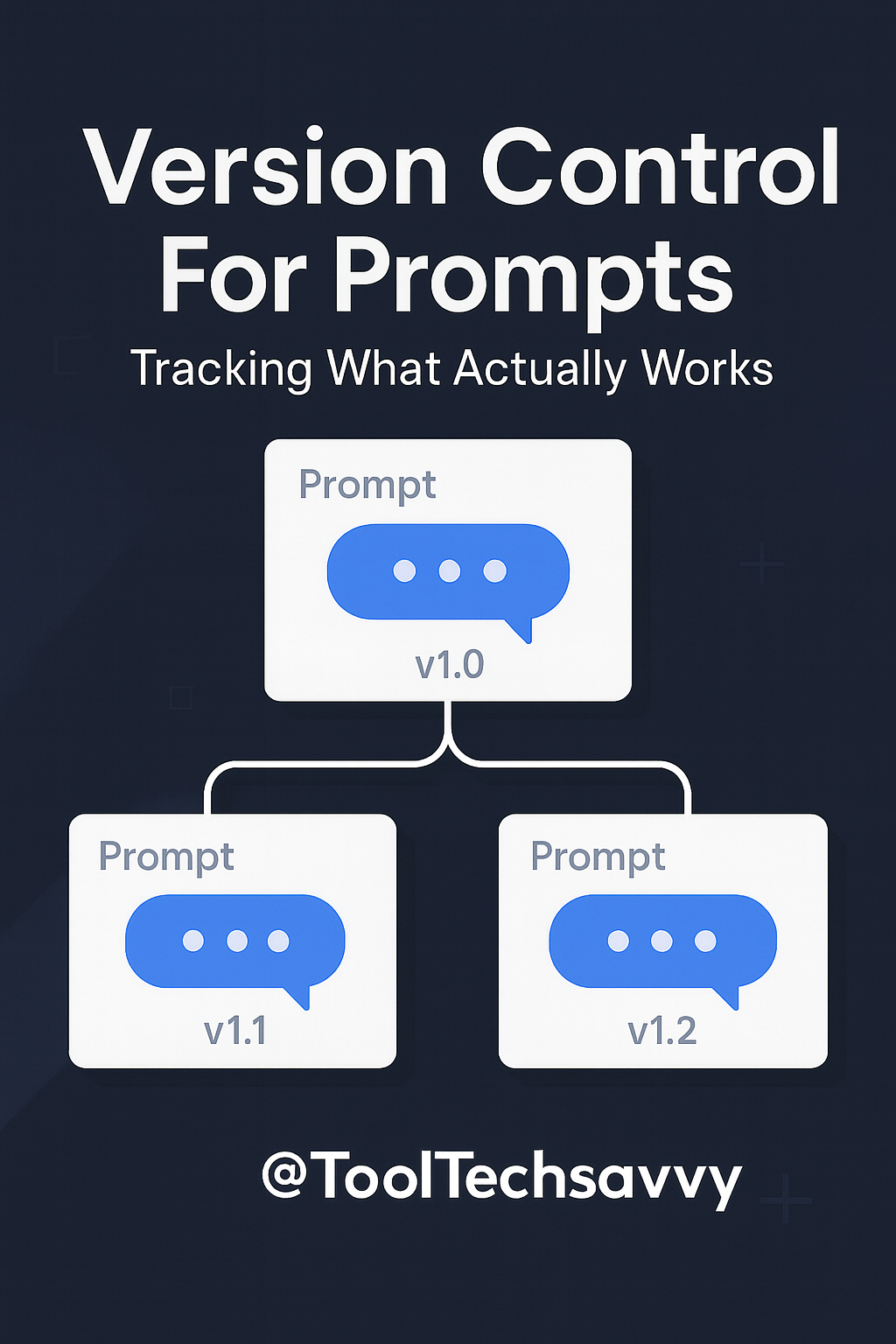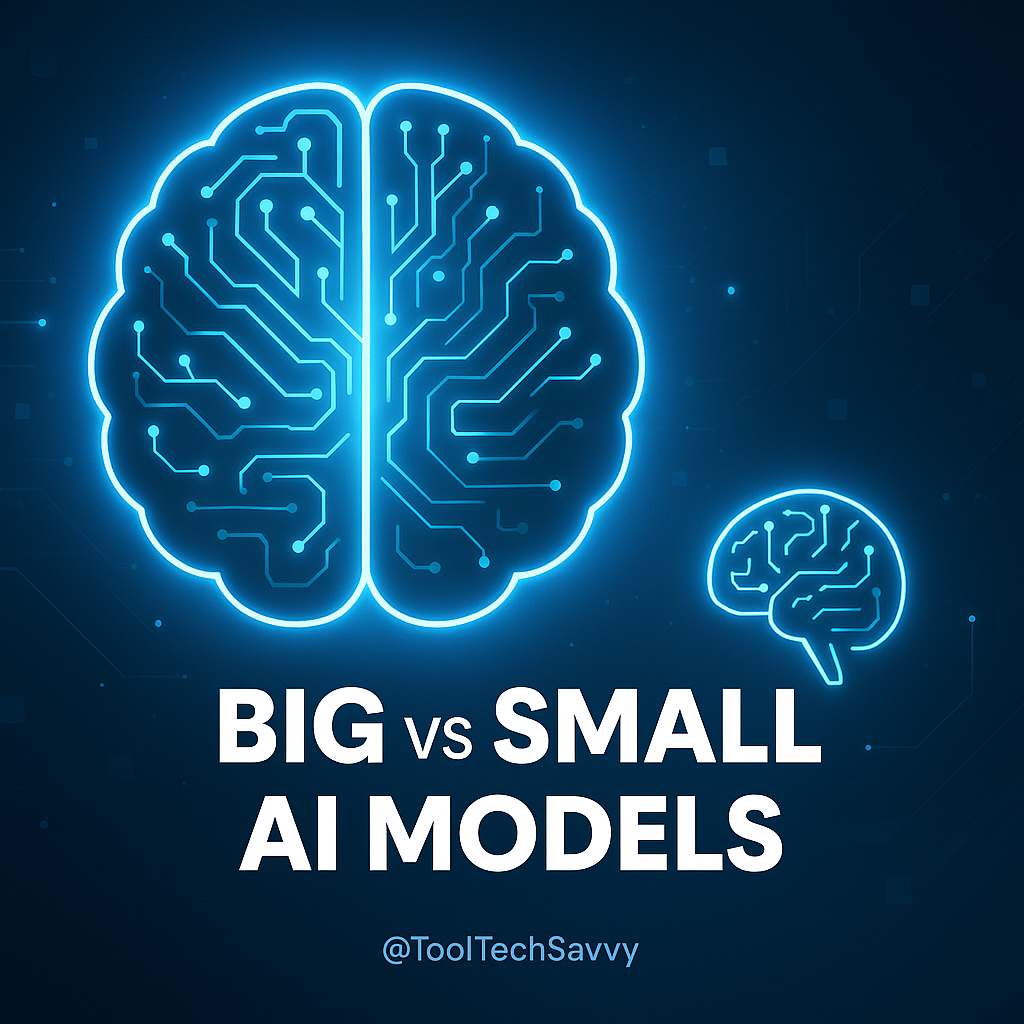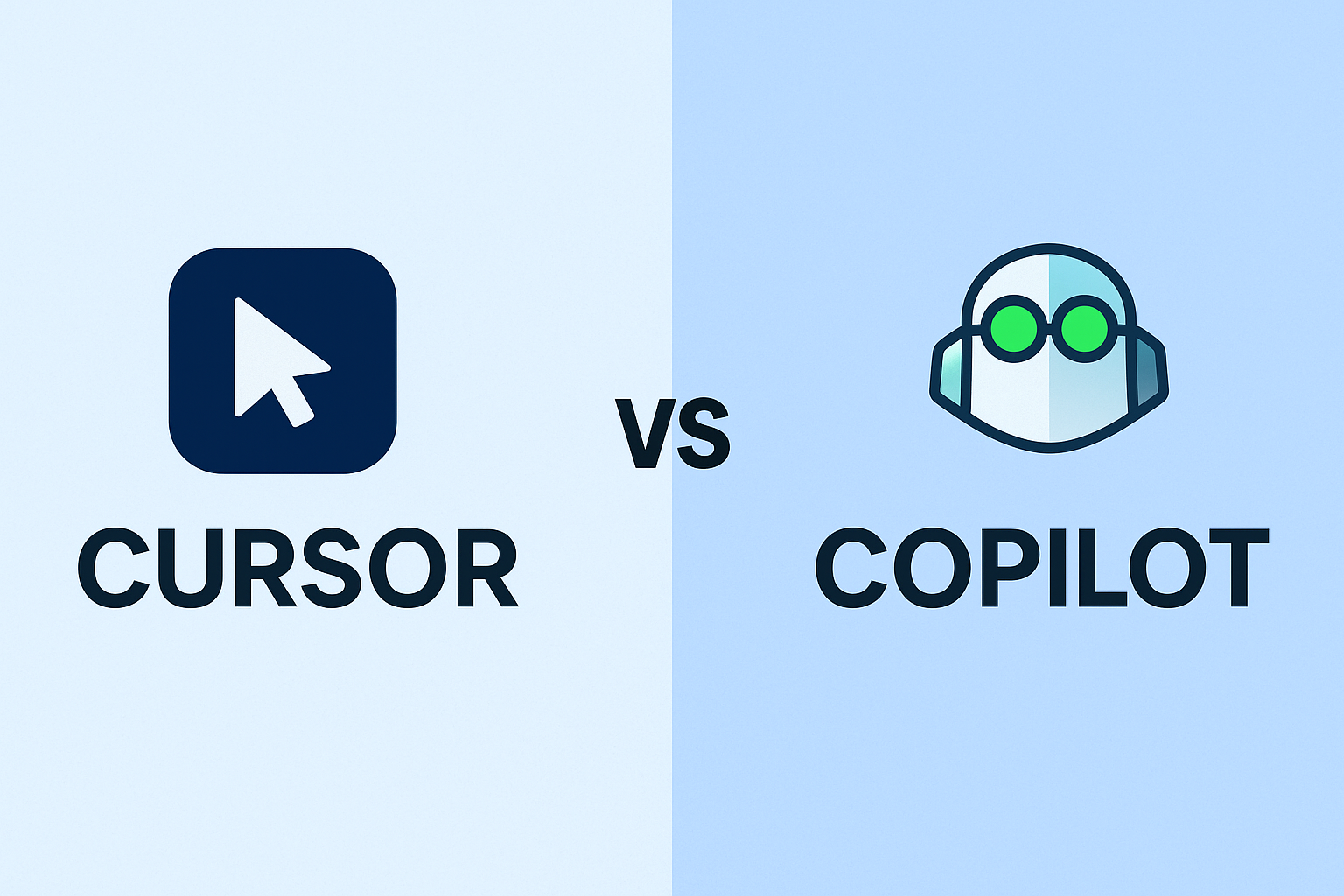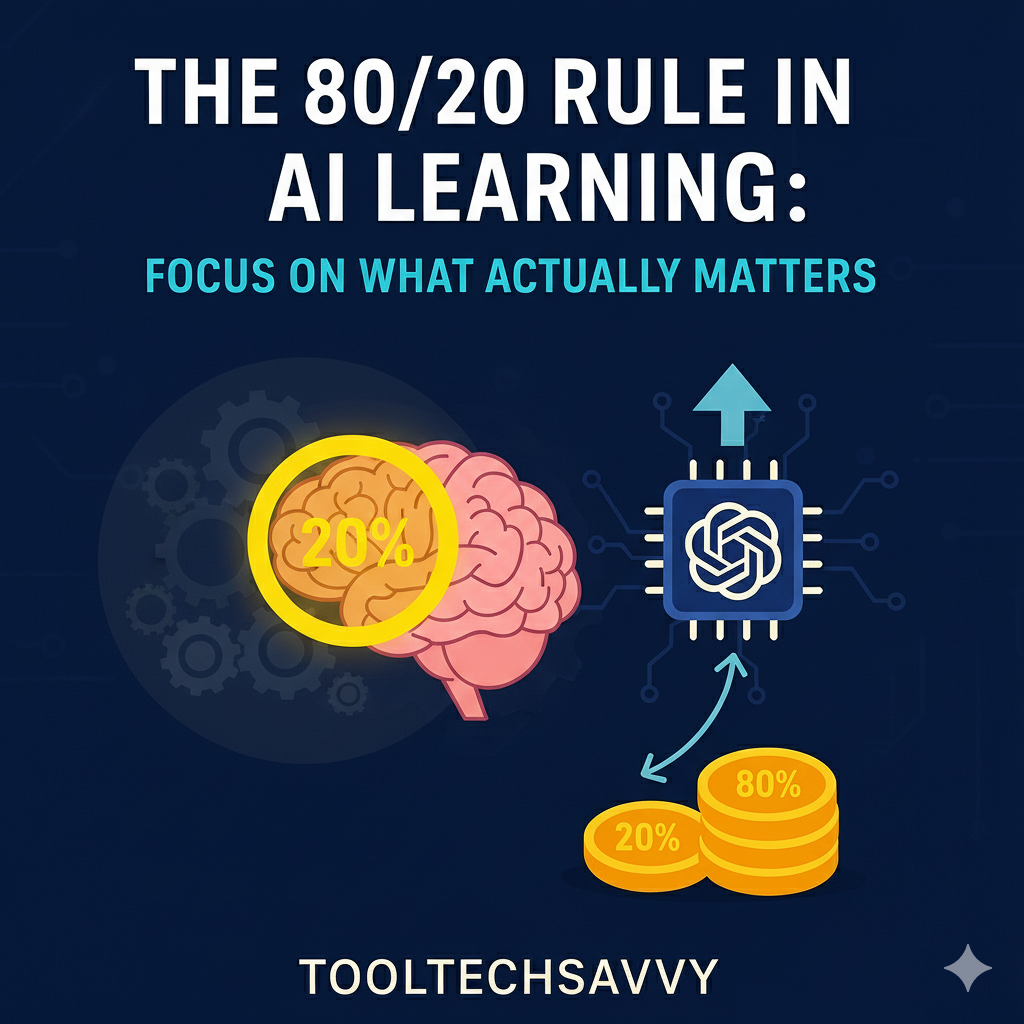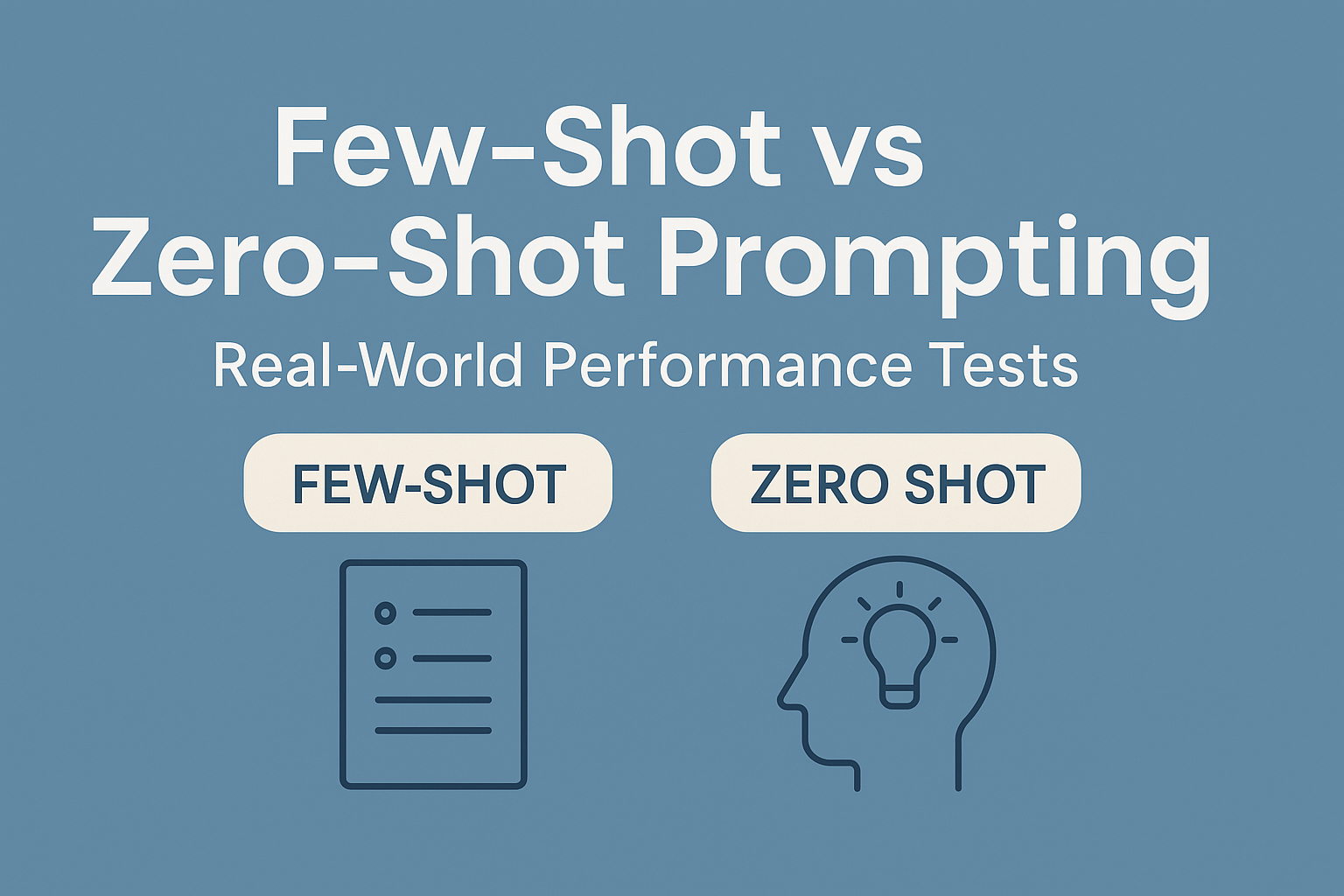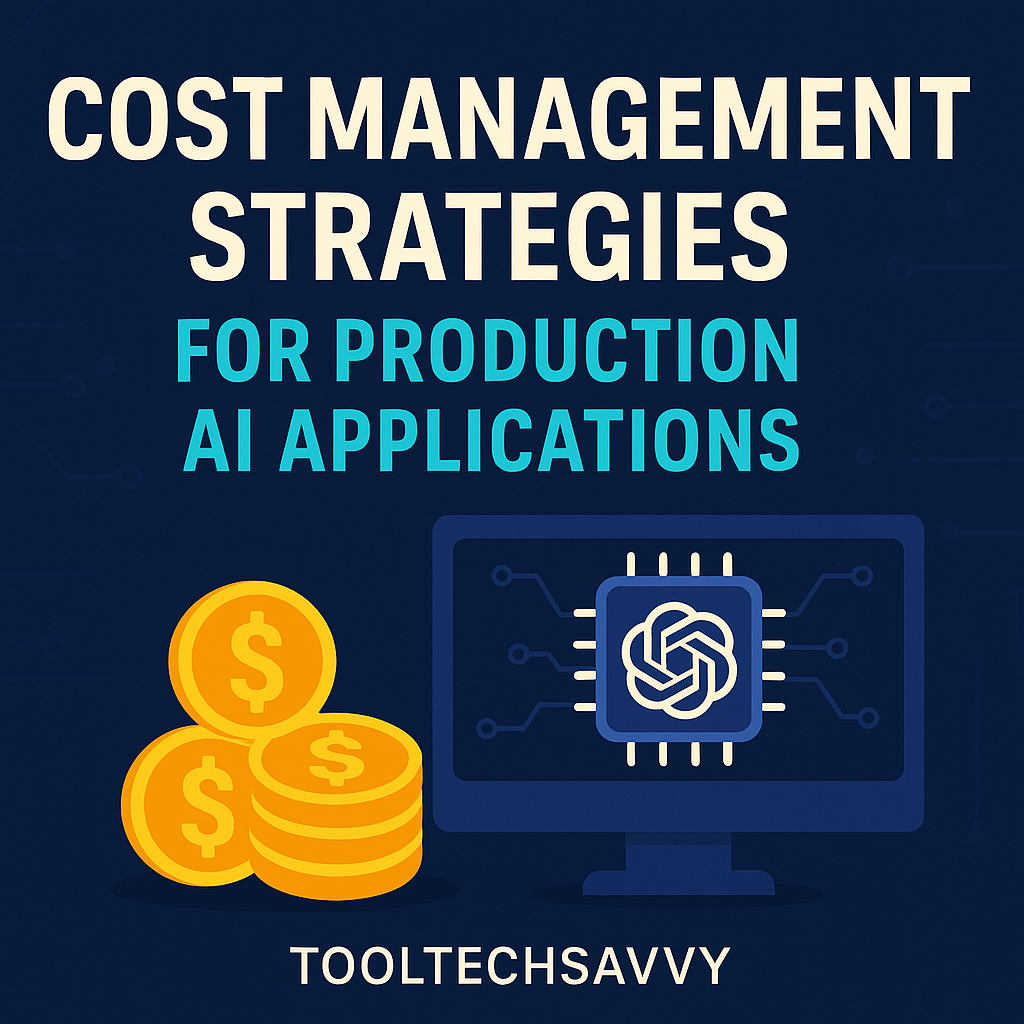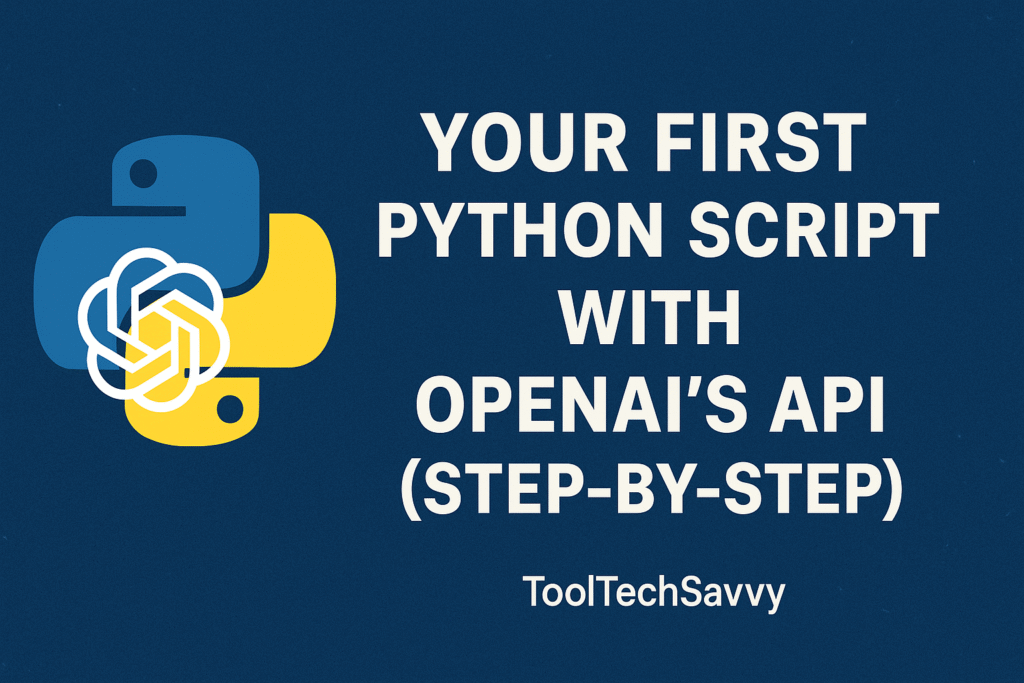Version Control for Prompts: Tracking What Actually Works
Every AI creator eventually faces this: you find a prompt that works perfectly — then tweak it, test something new, and suddenly, it’s gone. You can’t remember what made it work. That’s where version control for prompts comes in. Just as developers use Git to manage their code, AI users can apply similar principles to […]
Version Control for Prompts: Tracking What Actually Works Read More »

